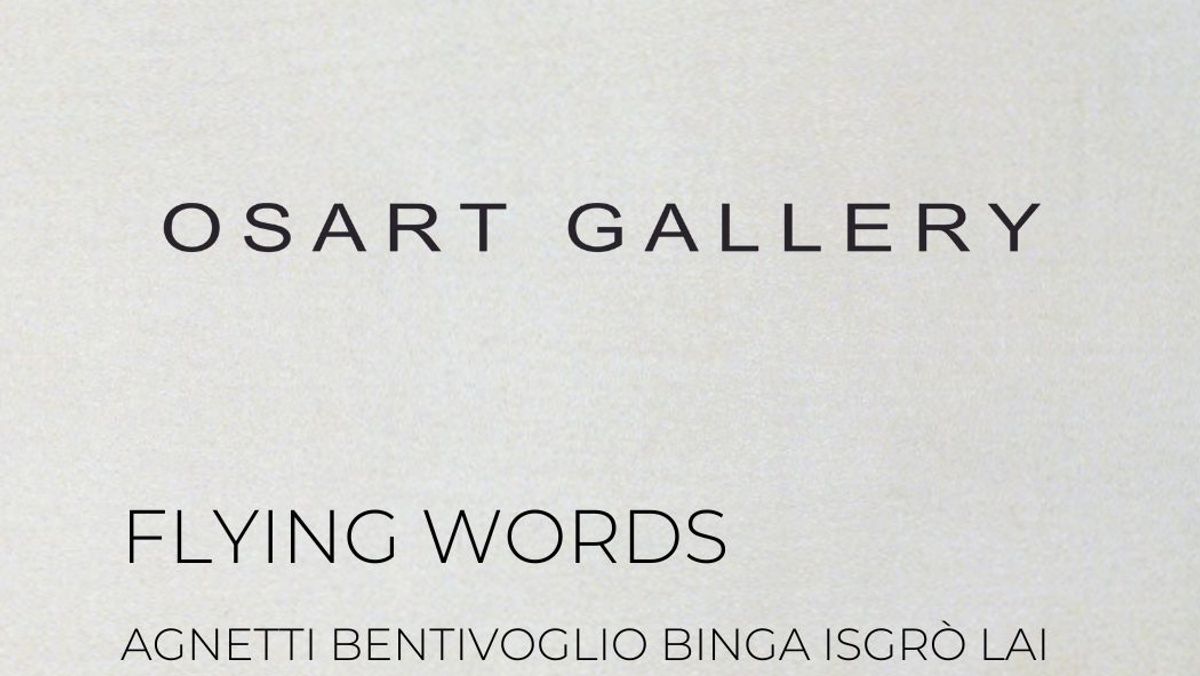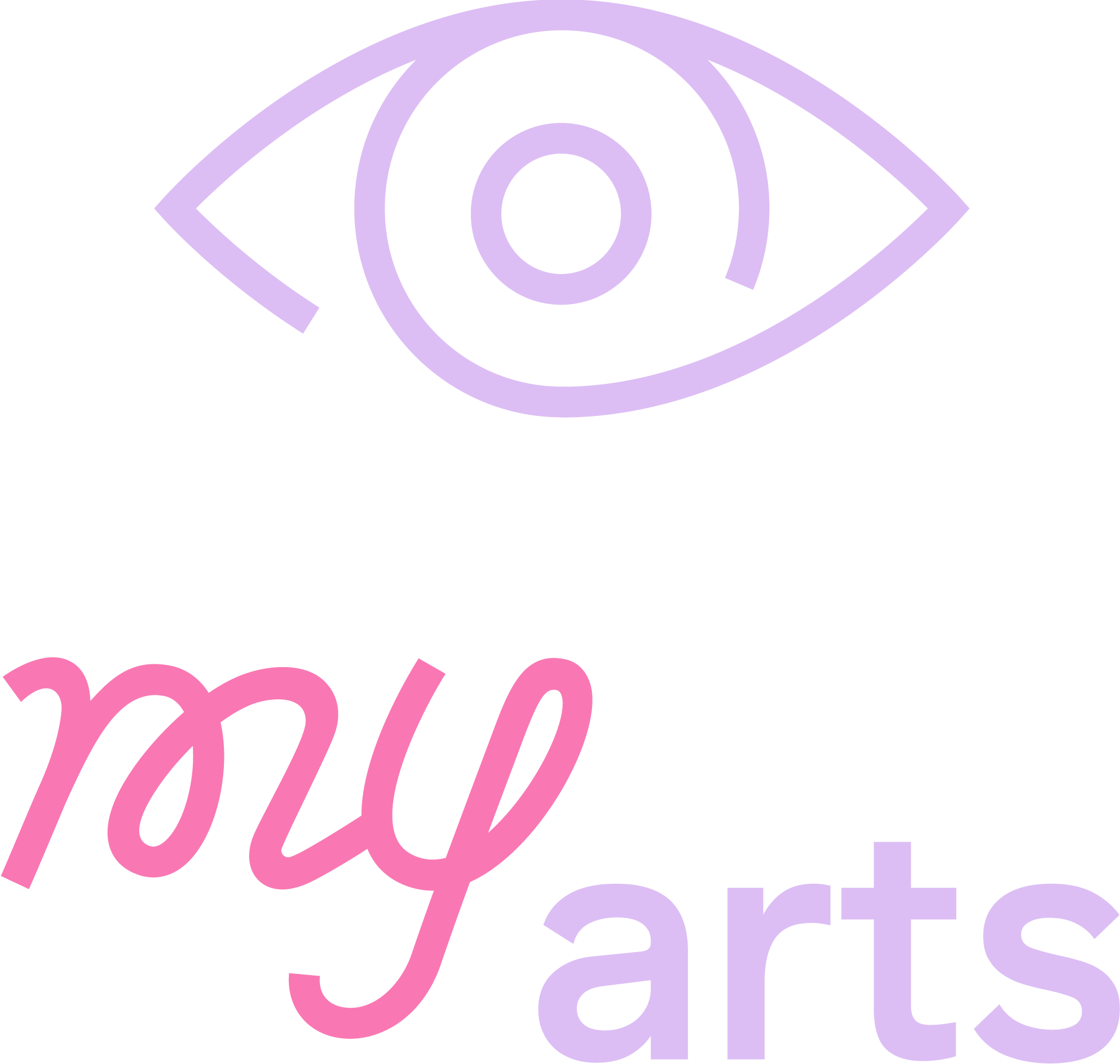

 Osart Gallery
Osart Gallery è stata fondata nel 2008 da Andrea Sirio Ortolani. Fin dall'inizio ha sviluppato il proprio percorso con una particolare attenzione verso le esperienze artistiche più significative degli anni Sessanta e Settanta, dando spazio ai protagonisti dell'arte concettuale ed esplorando nuovi linguaggi come Body Art, arte cinetica e fotografia. Tra gli altri, ha esposto Dennis Oppenheim, Vito Acconci, Vincenzo Agnetti, Gina Pane, Emilio Prini, Piero Fogliati, Minor White e Aldo Tagliaferro, Magdalo Mussio, oltre ad aver contribuito alla riscoperta critica di Amelia Etlinger. Non ha tralasciato alcune indagini sul colore e la pittura nella seconda metà del XXI secolo, con le mostre dedicate a Claudio Olivieri tra il 2017 e il 2018 e a Phil Sims, Ruth Ann Fredenthal e Winston Roeth nel 2017. Osart ha creato importanti connessioni con numerosi artisti italiani e stranieri, e tra gli artisti rappresentati figurano Vincenzo Agnetti, Amelia Etlinger, Piero Fogliati, Ruth Ann Fredenthal, Claudio Olivieri, Winston Roeth e Phil Sims. Ha prestato opere per esposizioni di carattere museale e collaborato con istituzioni nella promozione degli artisti vicini alla galleria. Ha portato avanti fin dall'inizio una ricerca dedicata all'indagine della scena contemporanea, e ha saputo cogliere precocemente l'importanza, in seguito ratificata dal successo internazionale, di artisti come Titus Kaphar, il cui lavoro era stato esposto in una personale nel 2009, Lynette Yiadom-Boakye e Hayv Kahraman, le cui opere erano state esposte da Osart nel 2010.La galleria sta attualmente esplorando nuovi orizzonti, approfondendo la conoscenza della scena emergente africana. Ha dedicato al tema due mostre: African Textures (2019-2020), con opere di Marlene Steyn, Jeanne Gaigher e Kresiah Mukwazhi, e African Characters (2020), con opere di Kate Gottgens, Kudzanai-Violet Hwami, Neo Matloga, Richard Mudariki and Gareth Nyandoro.La sua programmazione alterna mostre monografiche e collettive che guardano sia ai grandi artisti delle Seconde Avanguardie, sia agli artisti emergenti del panorama internazionale.Nel corso degli anni Osart ha collaborato con vari curatori nell'organizzazione delle mostre e nella redazione dei cataloghi. Tra questi ci sono Daniela Palazzoli, Alberto Zanchetta, Nicolas Ballario, Valerio Dehò, Giorgio Verzotti, e Bruno Corà.
Scopri
Osart Gallery
Osart Gallery è stata fondata nel 2008 da Andrea Sirio Ortolani. Fin dall'inizio ha sviluppato il proprio percorso con una particolare attenzione verso le esperienze artistiche più significative degli anni Sessanta e Settanta, dando spazio ai protagonisti dell'arte concettuale ed esplorando nuovi linguaggi come Body Art, arte cinetica e fotografia. Tra gli altri, ha esposto Dennis Oppenheim, Vito Acconci, Vincenzo Agnetti, Gina Pane, Emilio Prini, Piero Fogliati, Minor White e Aldo Tagliaferro, Magdalo Mussio, oltre ad aver contribuito alla riscoperta critica di Amelia Etlinger. Non ha tralasciato alcune indagini sul colore e la pittura nella seconda metà del XXI secolo, con le mostre dedicate a Claudio Olivieri tra il 2017 e il 2018 e a Phil Sims, Ruth Ann Fredenthal e Winston Roeth nel 2017. Osart ha creato importanti connessioni con numerosi artisti italiani e stranieri, e tra gli artisti rappresentati figurano Vincenzo Agnetti, Amelia Etlinger, Piero Fogliati, Ruth Ann Fredenthal, Claudio Olivieri, Winston Roeth e Phil Sims. Ha prestato opere per esposizioni di carattere museale e collaborato con istituzioni nella promozione degli artisti vicini alla galleria. Ha portato avanti fin dall'inizio una ricerca dedicata all'indagine della scena contemporanea, e ha saputo cogliere precocemente l'importanza, in seguito ratificata dal successo internazionale, di artisti come Titus Kaphar, il cui lavoro era stato esposto in una personale nel 2009, Lynette Yiadom-Boakye e Hayv Kahraman, le cui opere erano state esposte da Osart nel 2010.La galleria sta attualmente esplorando nuovi orizzonti, approfondendo la conoscenza della scena emergente africana. Ha dedicato al tema due mostre: African Textures (2019-2020), con opere di Marlene Steyn, Jeanne Gaigher e Kresiah Mukwazhi, e African Characters (2020), con opere di Kate Gottgens, Kudzanai-Violet Hwami, Neo Matloga, Richard Mudariki and Gareth Nyandoro.La sua programmazione alterna mostre monografiche e collettive che guardano sia ai grandi artisti delle Seconde Avanguardie, sia agli artisti emergenti del panorama internazionale.Nel corso degli anni Osart ha collaborato con vari curatori nell'organizzazione delle mostre e nella redazione dei cataloghi. Tra questi ci sono Daniela Palazzoli, Alberto Zanchetta, Nicolas Ballario, Valerio Dehò, Giorgio Verzotti, e Bruno Corà.
Scopri
Altri eventi
che potrebbero piacerti
© 2024 E-SOUL S.r.l.
Via Ulisse Gobbi 5 20136 Milano (MI)
P.I. 10014240963 - contact@myshindig.events
by zoonect



© 2024 E-SOUL S.r.l. Via Ulisse Gobbi 5 20136 Milano (MI) P.I. 10014240963 - contact@myshindig.events by zoonect